Every Two Minutes
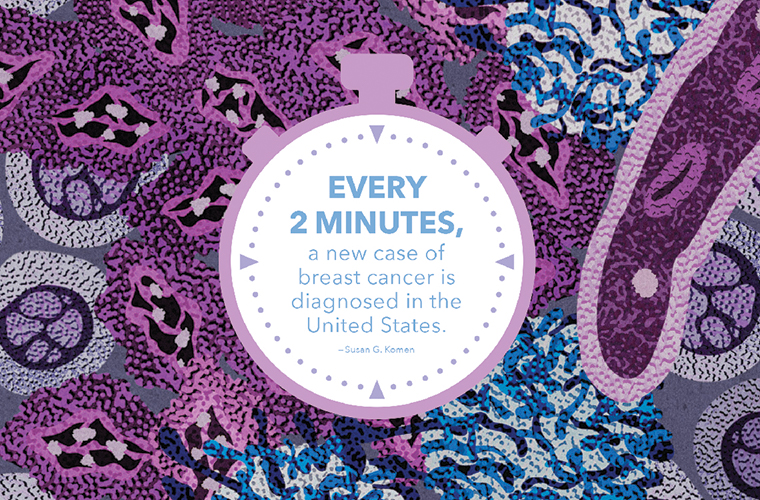
Illustration by Jenn Liv for Genentech
It began as a walnut-sized lump.
Judy Pickett (Biological Sciences, Chemistry, ’85) was 33 years old, a high school science teacher, and on maternity leave with her third child when she found a hard, round bump in her armpit. Doctors sent her home with antibiotics, thinking the mass was related to an infection she battled while breastfeeding. But it didn’t go away.
Doctors prescribed more antibiotics. But the lump persisted, and Pickett’s instincts urged something was wrong. After pushing for a biopsy, she got a life-changing diagnosis: Her body was in the throes of stage II breast cancer.
“It was incredibly hard to believe,” she said. “I was so healthy and had no family history, none of the risk factors. And I had a 9-month-old, a 4-year-old, and a 7-year-old. It was so very scary.”
Pickett underwent a mastectomy, 12 rounds of radiation, and nine months of chemotherapy, desperately hoping to survive—that cancer would not rob her children of their mother. She spent many sleepless nights questioning how her life came to this.
“Throughout that first year while I was in treatment, I just kept asking, ‘Why me?’ and I quickly realized that I would never know the answer,” Pickett said. “So, why not me? Why does it happen to anybody? And how can I make a difference in the fight?”
As she slowly recovered from treatment, she turned to running, an activity that has brought her joy and mental clarity since middle school and one that, in the wake of cancer, affirmed her strength and empowered her to fight.
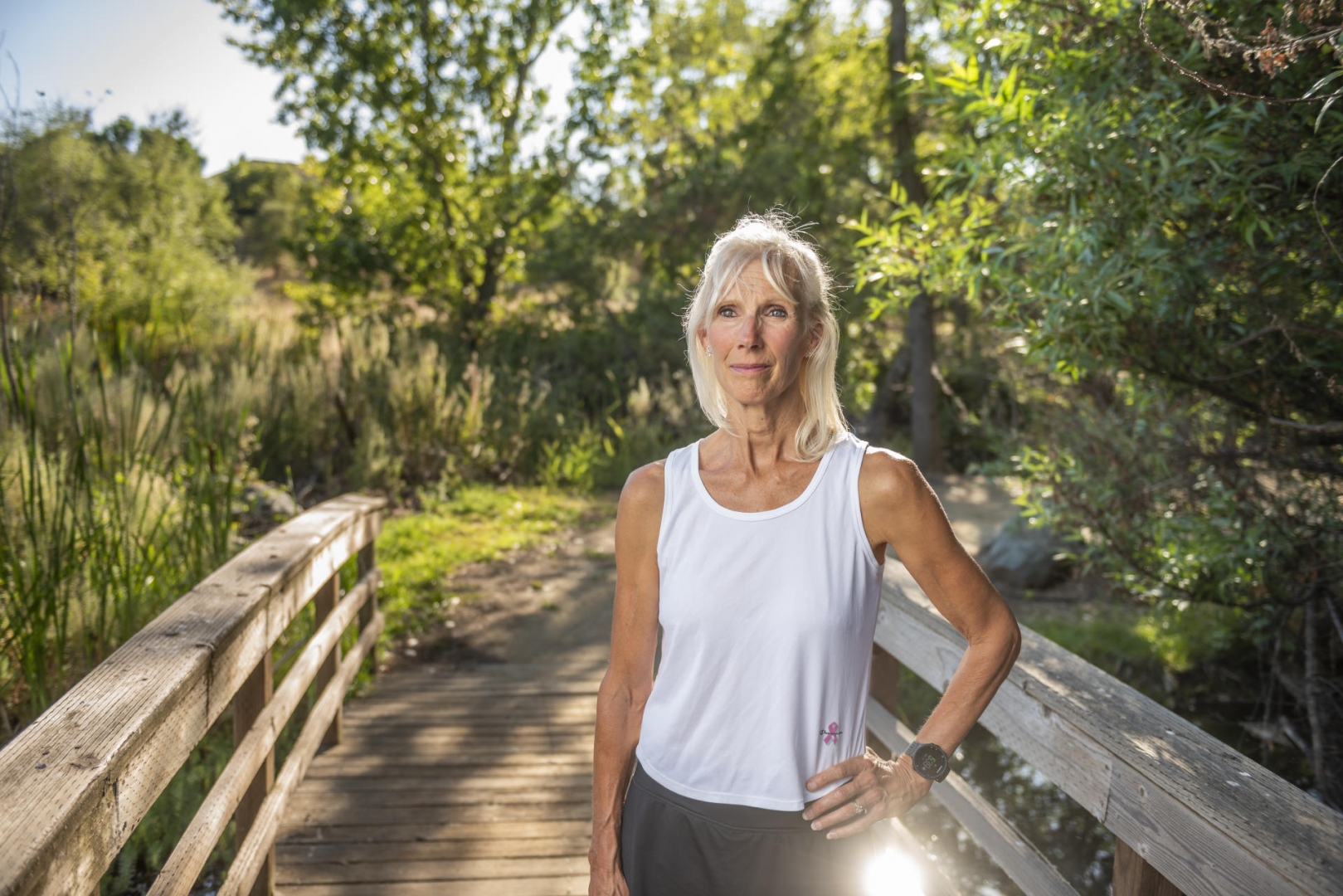
In the years since, Pickett has run more than 100 5ks in the name of breast cancer awareness and raised more than $120,000 through her organization Pink Ribbon Running to support high school seniors who have experienced cancer in their families. She’s addressed a crowd of 50,000 at the Washington Monument and spoken about the disease with former First Lady Barbara Bush. Her cancer returned twice, and each time Pickett beat it, but her drive to use her victory and passion to save the lives of others persists.
And she’s not alone.
“This is not a disease that cares whether you’re black or white or rich or poor or any political affiliation. It’s simply a disease that needs to be stopped,” said Paula Schneider (Costume and Theatre Design, ’79; Credential, ’85), president and CEO of Susan G. Komen.
According to her organization, which is dedicated to addressing breast cancer on multiple fronts, someone in the United States is diagnosed with the disease every two minutes. This year alone, a quarter million Americans will be diagnosed with breast cancer. Another 42,000 will die from it. And 154,000 women and an unknown number of men will live with breast cancer that has metastasized, spreading to their bones, lungs, and even brains.
Their lives will forever include cancer treatment—and the fear that one day it could cease to work.
***
For Wildcats on the front lines, cancer’s pervasiveness drives their roles.
“It’s like if you go into Holt 170 and you say, ‘Everybody stand up,’” said Mark Velligan (Microbiology, ’87). “‘Now, everybody who has had cancer sit down, and now everyone who has had somebody in their family with cancer sit down, and now anybody who has had a friend with cancer sit down.’ Nobody is left standing.
“Cancer affects so many of us that it’s hard not to be passionate,” he continued, “and especially when you have an opportunity to do something about it.”
As vice president of business operations and project management for the biotech company Genentech’s research and early development organization, he certainly has that potential.
For nearly 30 years, Velligan has been involved in health-related research, including co-authoring one of the first papers on the molecule that became Herceptin, an important treatment for HER2-positive breast cancer. He oversaw Genentech’s oncology project team leaders for several years, a group that led project teams for breast cancer medicines including Kadcyla, which is also approved to treat HER2-positive metastatic breast cancer. And Velligan was the team leader for Tecentriq, an approved cancer immunotherapy treatment for triple-negative metastatic breast cancer.
Today, Velligan oversees managers for all projects in early development—everything from neurodegenerative diseases and immunology to infectious disease and, of course, cancer.
He whizzes through explanations of the science behind his team’s everyday work, talking about dimerization, ligands, receptors, and antibody-drug conjugates. His eyes spark when he starts diagramming the latter: antibodies linked to toxins that can be directed to specifically target and dismantle tumor cells.
“The end result is the most powerful thing,” he said. “Many scientists have this love of seeing how they can manipulate systems and make things work. But in the end, it’s about helping patients, and I’ve always wanted to do something that would help patients.”
Velligan’s interest in science and research began during his undergraduate studies at Chico State. After graduation, his experience in a campus research lab and knowledge of molecular techniques landed him a part-time job at Genentech in 1987 in assay services working on human growth hormone. That quickly became a full-time job in the fermentation research and process development group where he worked for three more years before moving to a startup focused on infectious disease. But he really wanted to help with getting life-changing medicine to patients.
So, when he returned to Genentech in 2005 to focus on oncology, Velligan became a project team leader, contributing to the drug development strategy of Rituxan for blood cancers, which helped pave the way for targeted treatments that continue to revolutionize patient outcomes. For the first time, patients were actually being treated by medicines Velligan had a hand in developing.
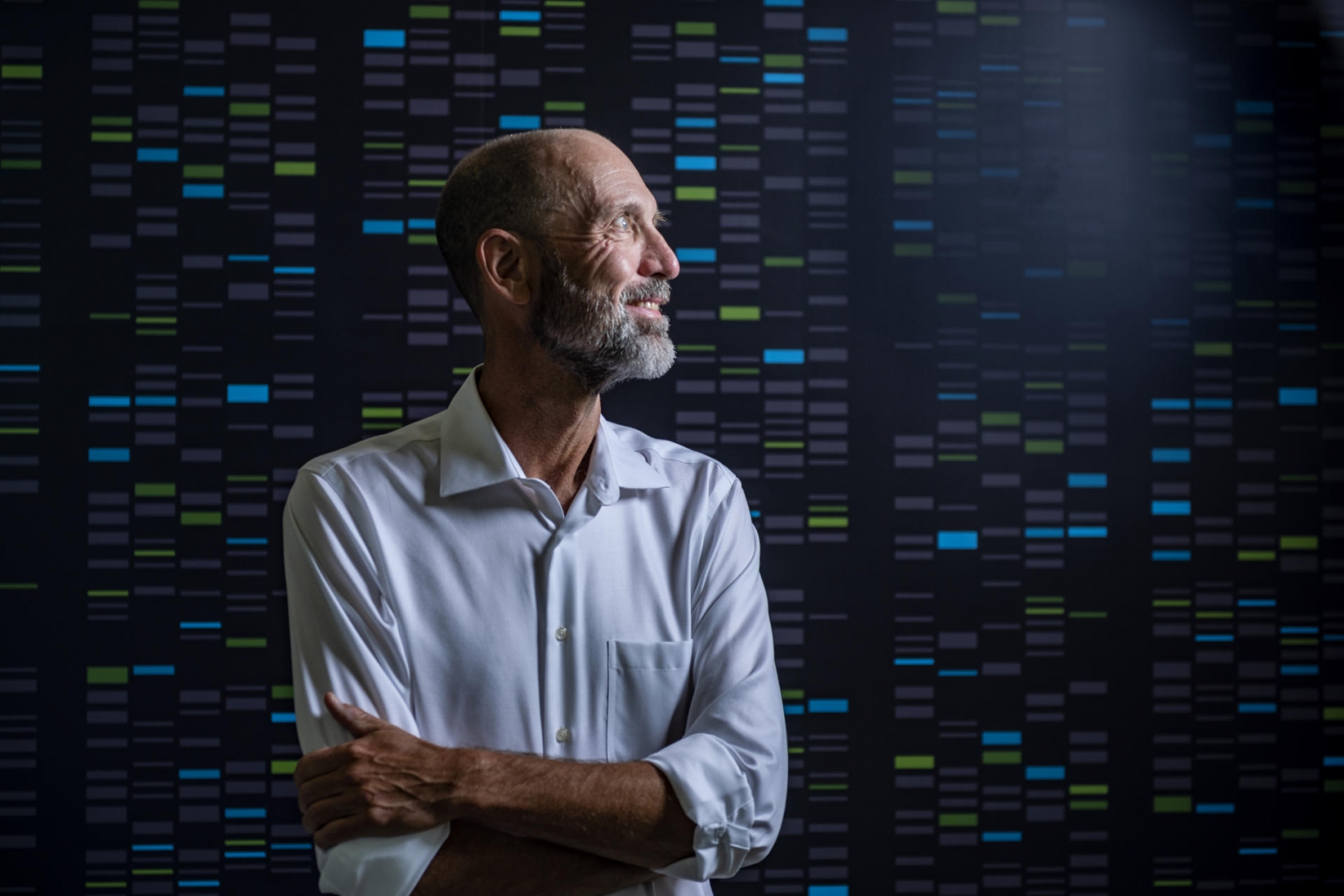
Like Pickett and so many others who have made cancer their life’s work, Velligan too draws from a personal connection.
In 2014, he was diagnosed with gastric esophageal junction cancer. After six weeks of daily radiation, a chemotherapy treatment, and surgery where doctors removed a third of his stomach and most of his esophagus, five years later in February 2019, he finally was pronounced cancer-free.
Shortly after his treatment, he returned to work reinvigorated and with an even more patient-centered mindset. On one of his first projects, he sat listening as his team talked about the pill burden patients experience.
“I said, ‘You guys don’t understand. It’s not your six pills that makes it hard. It’s your six pills and the pain pills and the pills to keep you regular and the pills you’re taking for nausea. Soon it’s a handful, and that’s what’s upsetting everybody’s stomachs and making life horrible.’”
Velligan was admittedly hard on his team leaders, pushing them to find meaningful results for patients—in treating their cancer and improving their quality of life during treatment.
“You let that drive your innovation and what’s going on,” he said, “and you’re going to strive for something that’s much more meaningful.”
***
As a survivor of triple-negative breast cancer and someone who lost her mother to metastatic breast cancer, Schneider’s passion also starts from the heart. Her objective at Susan G. Komen is to enable the 35-year-old nonprofit to make an even greater difference in the war against the infamous disease and help it achieve its audacious goal set in 2016—to decrease breast cancer deaths in the United States by 50 percent by 2026.
A big pink wall outside Schneider’s office proclaims, “The work we do here saves lives.”
“There’s a big responsibility in that,” she said. “And we take it very seriously.”
Research is probably the top investment from all the funds the organization raises, Schneider said, because science is the solution for early diagnosis, treatment, and prevention of recurrence. In particular, she is pushing a data-driven shift in research to accelerate innovation and improve patient outcomes, including machine learning to read mammograms and detect cancer years before the naked eye.
Schneider is also adamant about investing in community health programs, especially by awarding small grants to relieve cancer’s incredible cost burden. No one, she said, should have to decide whether to put food on the table or get transportation to treatment, or between paying their utility bills and hiring childcare while they recover from chemotherapy.
Equally important, she said, is confronting the injustice of outcome disparities related to race, socioeconomics, and education. African American women are 40 percent more likely to die from breast cancer than white women, so she is advancing Komen’s goal to reduce this mortality gap by 25 percent, focusing first on the 11 cities where mortality rates and late-stage diagnoses of black women are highest—including her home of Dallas.
“Where you live,” Schneider said, “should not determine whether you live.”
In addition to the organization’s advocacy and public policy work—this year alone, 300 trained volunteers from 45 states held more than 400 meetings on Capitol Hill in a single day—its most visible efforts are perhaps in global outreach. Komen has a presence in 20 countries, and Schneider travels around the world to support their efforts, whether to Brazil to establish a structure for family health programs or a Race for the Cure in Italy.
This summer in Rome, 83,000 people showed up in a downpour for a Race for the Cure—one of the iconic 5ks of which Pickett has run dozens. With tears streaming down her face, Schneider marveled at the support for the cause and how it affirms Komen’s bold goal and her drive to make it happen.
“I have two daughters,” she said. “All I want to do is make sure this does not follow into their generation.”
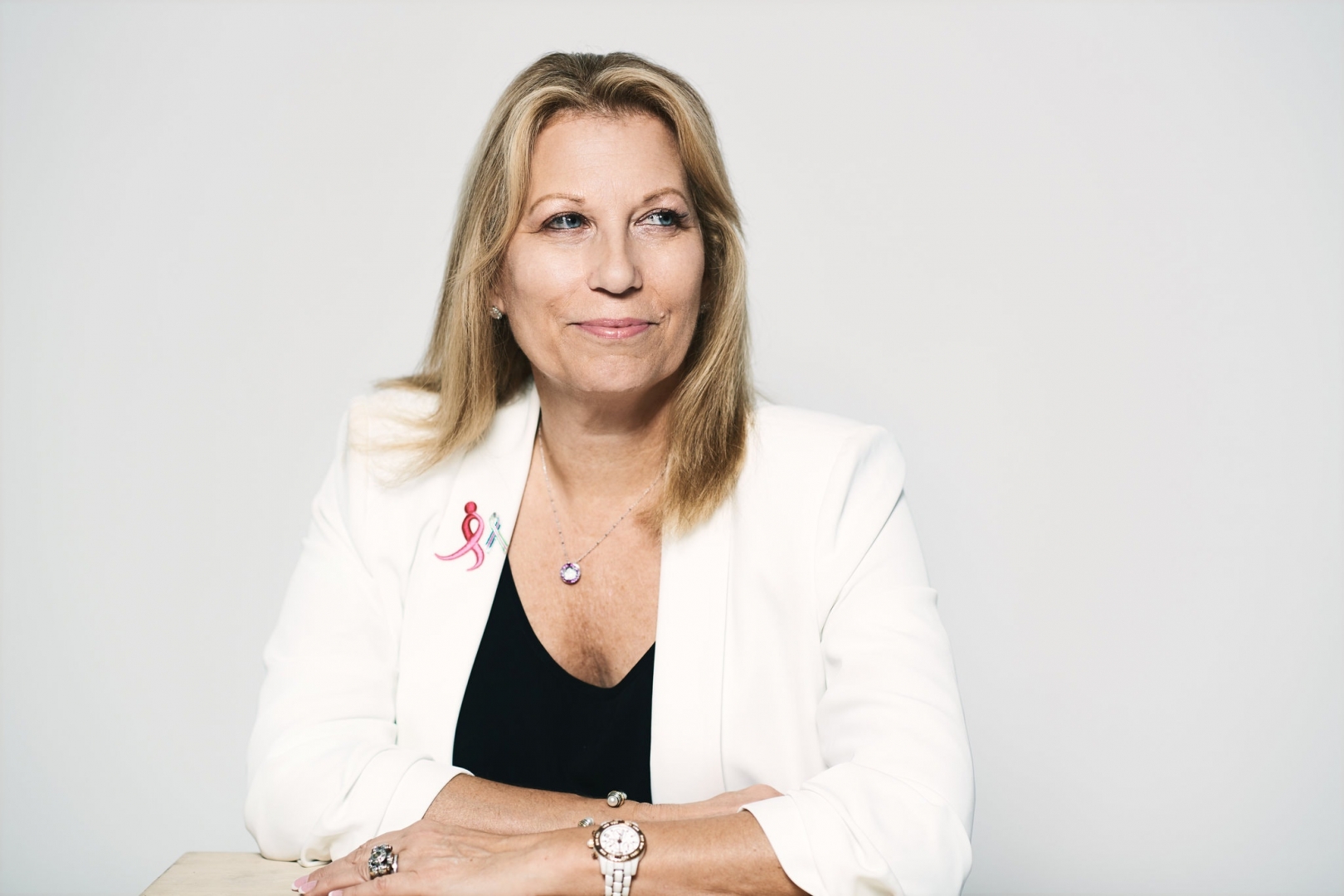
Because of Schneider’s family history, she has always been diligent about breast checks. But cancer can be sneaky. Eleven months after a previous mammogram, she felt a small lump near her arm while showering. It was triple-negative breast cancer, already stage II.
She underwent a double mastectomy, 36 rounds of radiation, and aggressive chemotherapy. She sought out acupuncture, tried Reiki healing, and embraced anything that would calm her.
“You fall down into a black hole until you figure how to get yourself out,” she said. “I remember telling my kids and having to show my mom my bald head and all these things that are challenging and catastrophic and tragic. But you have to figure out a way to get through because you don’t have a choice.”
She also threw herself into her work, as she has always done.
For years, Schneider tackled her corporate roles with the same entrepreneurial focus and creativity that allowed her to write her own major at Chico State—the first degree of its kind in the CSU.
She worked her way up from a fashion representative to president of several international clothing companies like BCBG and Warnaco, and later, CEO of American Apparel. She took the publicly traded company through a planned bankruptcy and helped it emerge stronger and more focused. But, in her heart, she wanted a career with deeper significance.
Accepting an award at a women’s retail conference, she was asked to speak about empowerment. Instead of talking about retail, she shared how she was most empowered when she was least physically powerful—when she was going through treatment for breast cancer.
“Because when you’re large and in charge and you have to give it up and you have to allow people to help you,” she said, “there is something very meaningful in that.”
After rousing applause, a friend showed her an email from a recruiter looking to fill the top slot at Susan G. Komen. Within days, Schneider quit her job and began jockeying for her most important role yet.
“It’s mission delivery,” she said. “It’s actually saving lives, helping people live better, finding ways to end breast cancer.”
On her first day at Komen in 2017, she cried in a board meeting as they revealed a new public service announcement featuring a mother writing letters to her children for events the woman would never experience, from graduations to weddings to grandchildren. Schneider knew she had made the right decision.
“It is so sad in so many ways,” she said, “but it is so gratifying when you hear about drugs that we have helped deliver to people and research that has saved lives or, ‘My mom lived because of Komen.’”
She acknowledges the challenges are far from over. Among other criticisms, the organization is still recovering from outcries in 2012, before her tenure, when Planned Parenthood’s eligibility for future funding for its breast health programs was temporarily suspended, which Schneider calls a poor decision.
“We should be funding those people that take care of breast health wherever they fall,” she said.
A veteran in running multinational organizations, Schneider recognizes her new work is uniquely challenging, but its emotion and humanity fuel her motivation.

“You get involved, you start to know people, and you want them to be healthy, and sometimes it doesn’t work out that way,” she said, noting how many friends she’s made through Komen have passed away.
“But that’s why we fight—you have to turn it into fire.”
***
That intensity burns inside Pickett.
As a Wildcat, she was on both the track and cross country teams, and today is in the Chico State Athletics Hall of Fame. Her coaches always inspired her to keep running and to know she can be part of something bigger than herself.
That’s why, during her first bout with cancer, Pickett set a goal to run all 100 Susan G. Komen Races for the Cure in the United States within five years. She completed her first in Sacramento in May 1998, five months after finishing chemotherapy.
Her cancer returned. Twice. Each time, she kept moving forward.
The second time, doctors removed the lump and prescribed chemotherapy, since her body couldn’t handle radiation again. They also removed her ovaries.
A month after surgery, Pickett was running again. She competed in eight races in eight weeks, finishing at or near the top of the survivor division each time.
Two years later, another lump. After more surgery and six more rounds of chemotherapy, she finished her treatment in December 2001 and, thanks to a nomination from her doctor, carried the torch for the 2002 Winter Olympics in Salt Lake City two months later.
Pickett’s determination continued to draw attention, even an invitation to join a Race for the Cure team with Oprah Winfrey.
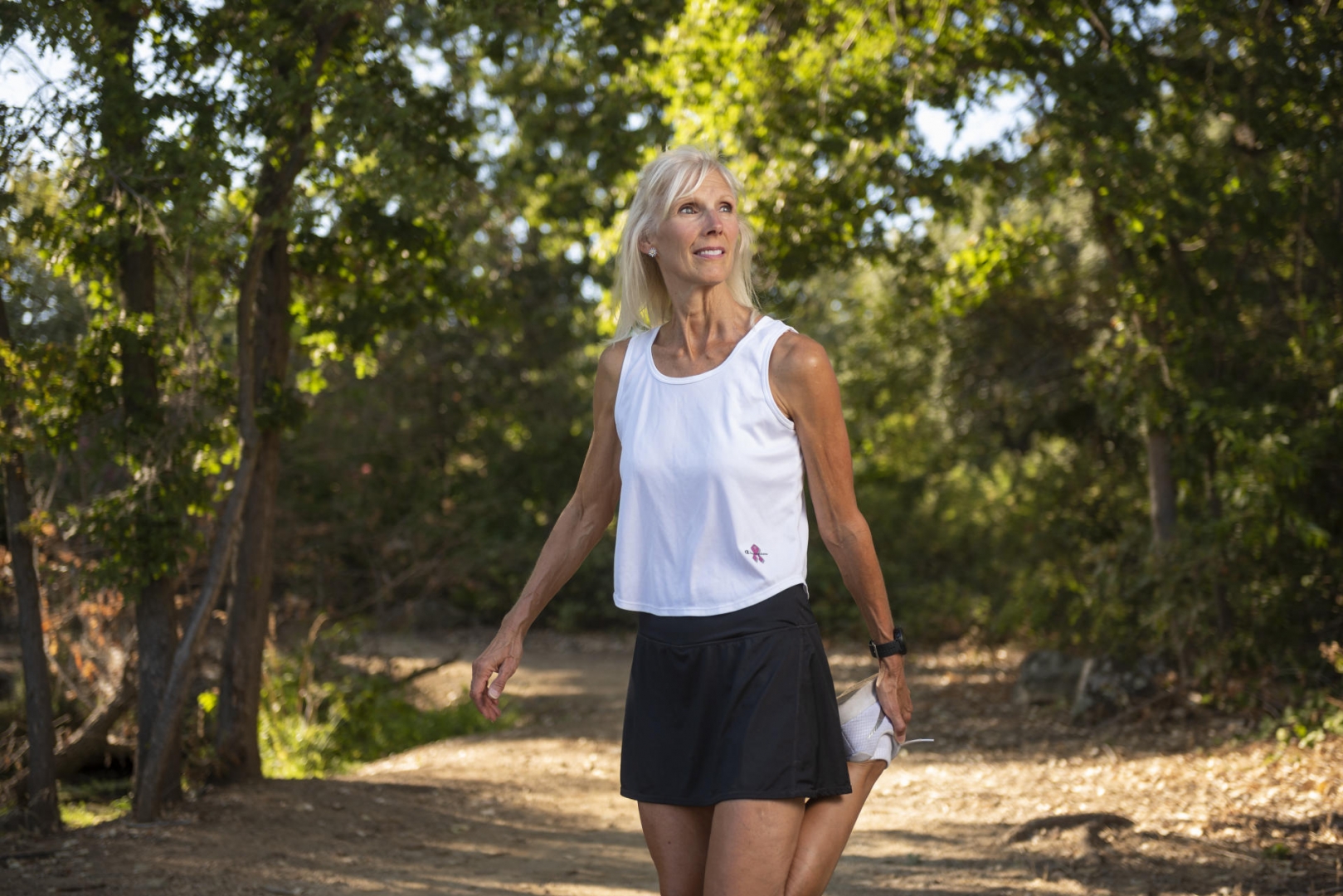
After finishing her 100th Race for the Cure in 2004, she was declared one of eight “heroes” by Runner’s World magazine. She continued telling her story to help others, earning spots in Self, Redbook, and Sports Illustrated for Women, and a Ford commercial. In the race against breast cancer, she wants everyone to cross the finish line.
“I do this for those that are running the race, for those that lost their battle, and those that don’t even know they have a race to run,” she said.
It’s been 18 years since Pickett had evidence of disease. Now a teacher at Rolling Hills Middle School in El Dorado Hills, she still takes medicine daily to prevent metastatic breast cancer. And she runs, every day.
This month, she’ll cross state No. 46 off her running goal list, at the Alabama Race for the Cure. After countless races, she still loves every step, from sharing her story to the simple joy of knowing she is alive and running two decades later.
“I’m just going slower, but I’m not going to stop. That is the ultimate goal: Put an end to breast cancer.”
***
Velligan and Schneider share that dream.
Like Pickett, Schneider tells her story in hopes it will push women everywhere—young women, black women, women with no risk factors—to take their breast health seriously and be ever-vigilant.
“I’m telling you, it can happen to you,” she said. “If you feel anything or think anything, you need to go. No matter how scary it is, it is much scarier if you have to live with it for the rest of your life—or if you can’t live with it.”
Genentech began pursuing breast cancer research because the company’s biological understanding of the disease enabled it to find solutions, Velligan said. Each medicine developed became a gateway to new ideas and treatments, including personalized medicine.
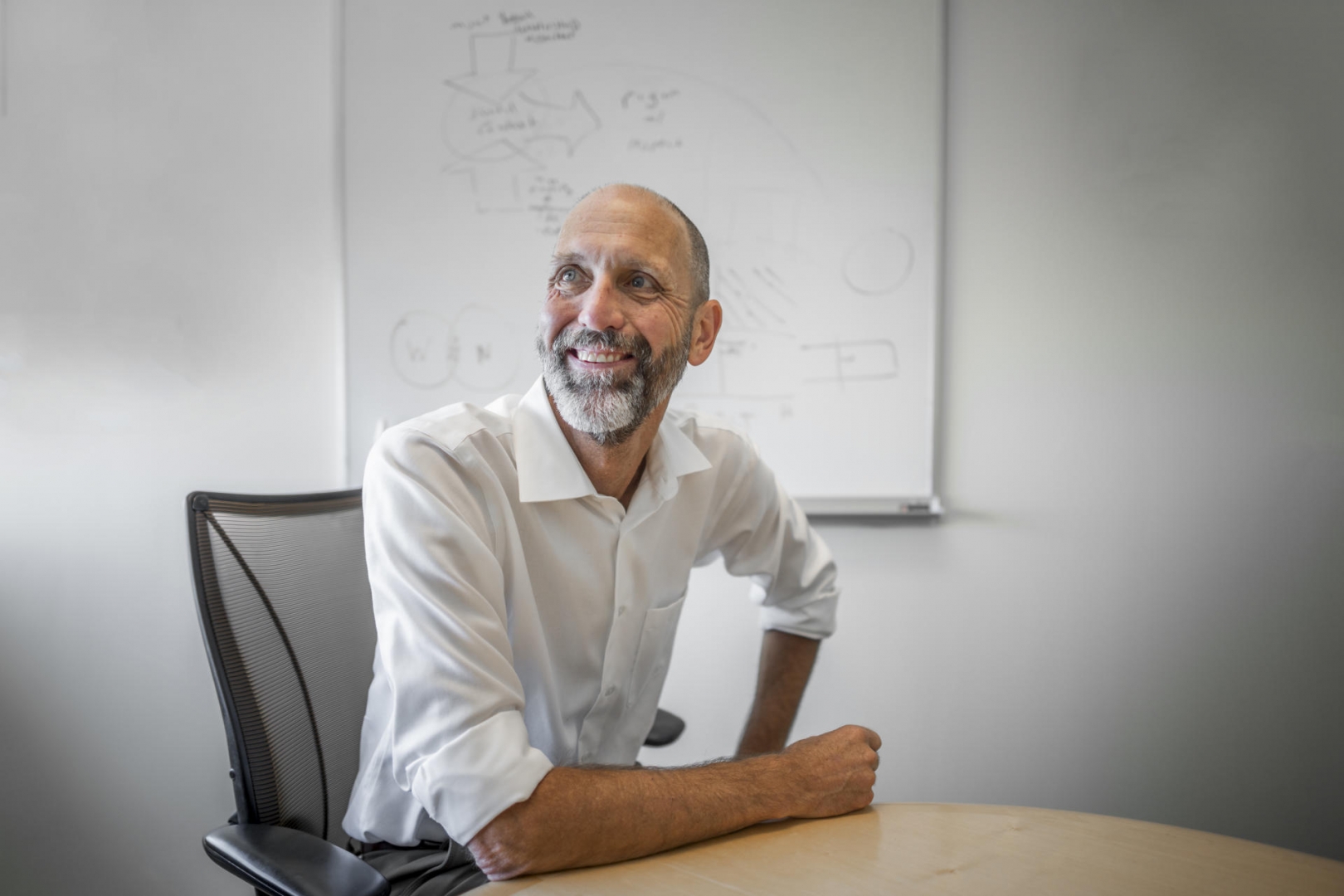
“We’re actually looking at tailoring a medicine to a single patient to combat just the specific makeup of his or her tumor,” he said. “With the amount of progress we’ve seen in the last 30 years, it’s possible that this could happen in the next few years.”
And as those developments occur, it means increased access to potentially life-changing treatment, Velligan said.
But until that development happens—until the day breast cancer carries no more of a threat than the common cold—he’ll keep pushing.
“It’s motivating that there’s still more to do,” Velligan said. “Until we truly eliminate cancer, we’re going to keep on searching for new breakthroughs.”


